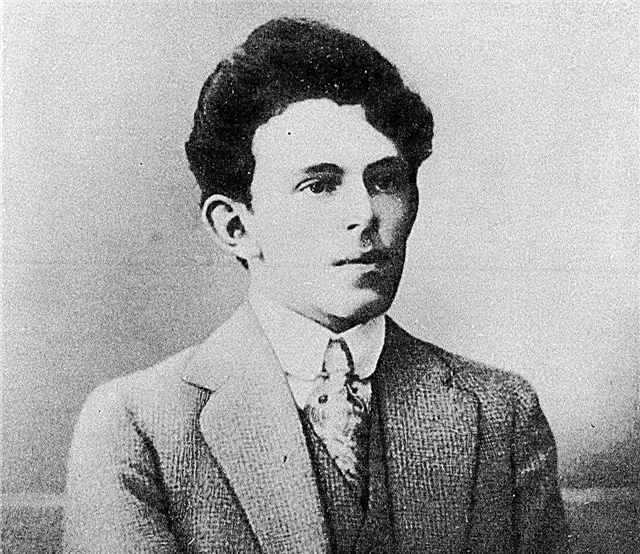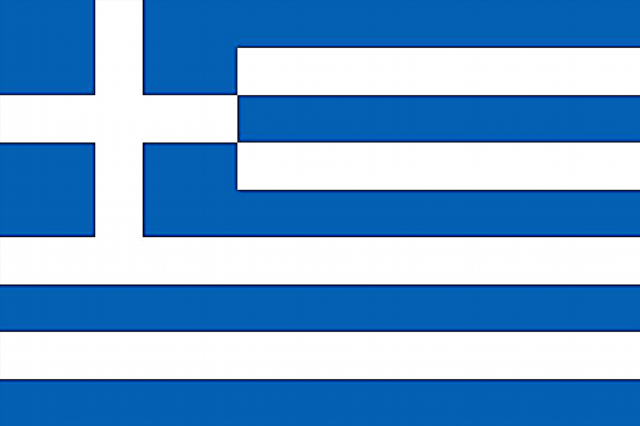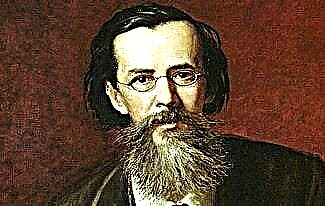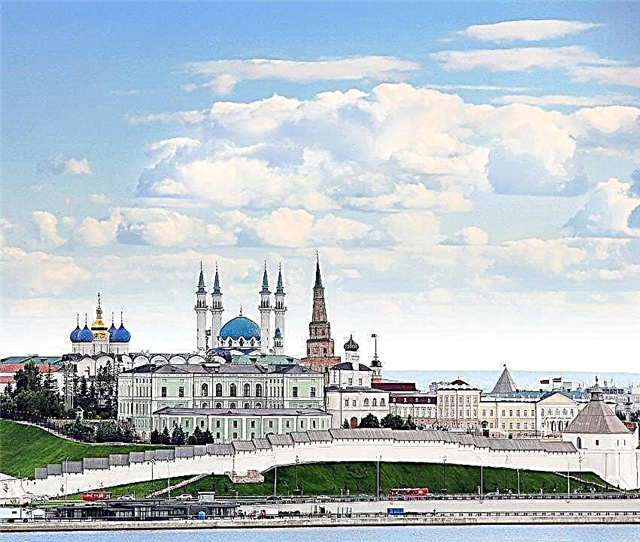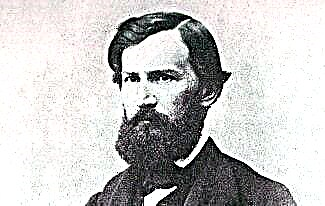The Peter and Paul Fortress is one of the oldest military engineering structures in St. Petersburg. In fact, the birth of the city began with its construction. It is listed as a branch of the Museum of History and is spread out on the banks of the Neva, on the Hare Island. Its construction began in 1703 at the suggestion of Peter I and was led by Prince Alexander Menshikov.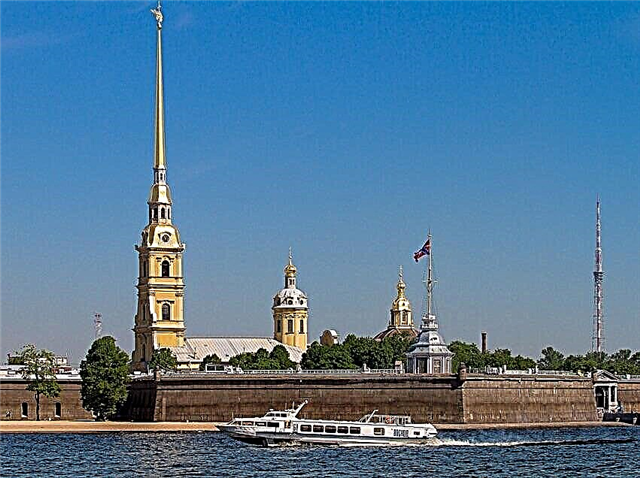
History of the Peter and Paul Fortress
This fortification "grew" in order to protect Russian lands from the Swedes in the Northern War, which was played out in the VIII century and lasted for 21 years. Already before the end of the 19th century, numerous buildings were erected here: a church, in which a tomb was later equipped, bastions, curtains, etc. At one time, the most real tools were located here. The walls are 12 m high and about 3 m thick.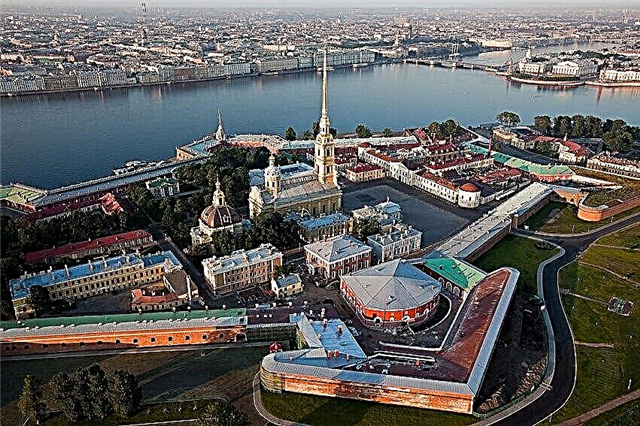
In 1706, a serious flood occurred in St. Petersburg, and since most of the fortifications were wooden, they were simply washed away. The authors of the project had to restore everything anew, but with the use of stone. These works were completed only after the death of Peter I.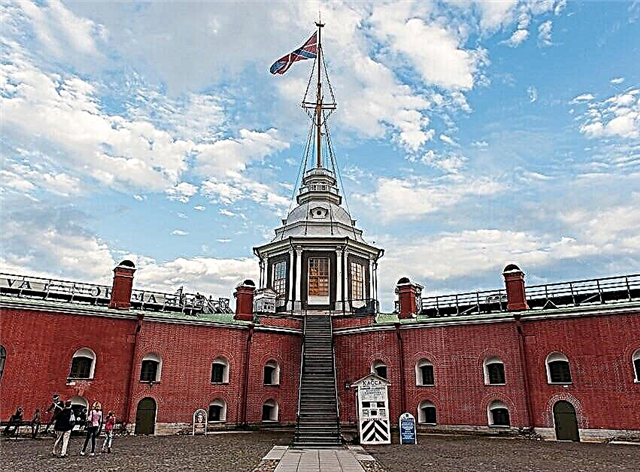
In 1870-1872. The Peter and Paul Fortress was converted into a prison, in which numerous prisoners were serving their sentences, including the heir to the Russian throne, Tsarevich Alexei, Bestuzhev, Radishchev, Tyutchev, General Fonvizin, Shchedrin, etc. In 1925 the Peter and Paul Cathedral, which appeared instead of the old wooden church of St. Peter and Paul, received the status of a museum. Despite this, services were resumed only in 1999.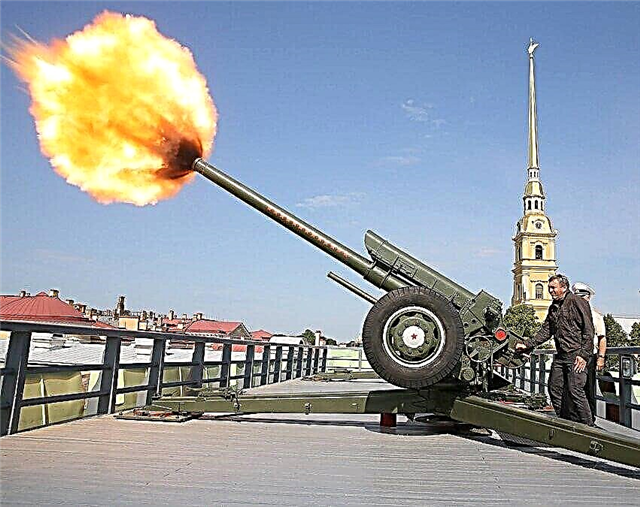
Brief description of the objects of the museum complex
Engineering house... Its name speaks for itself - earlier it housed the apartments of officials of the serf Engineering Administration and a drawing workshop. This small house consists of only one floor and is painted orange so it is visible from afar. Inside there is an exhibition hall with an old exposition.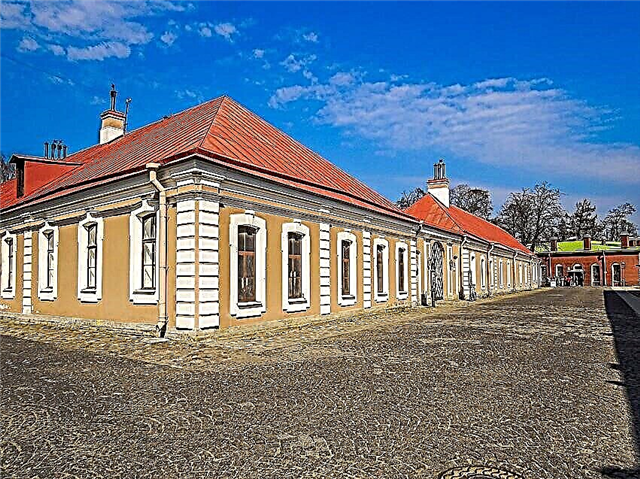
Botny house... It got its name in honor of the fact that Peter I's boat is kept in one of the halls. It was built in the Baroque and Classicism styles with a semi-arch-shaped roof crowned with a female statue created by the architect and sculptor David Jensen. There is also a souvenir shop where you can buy magnets, plates and other things with the image of the fortress.
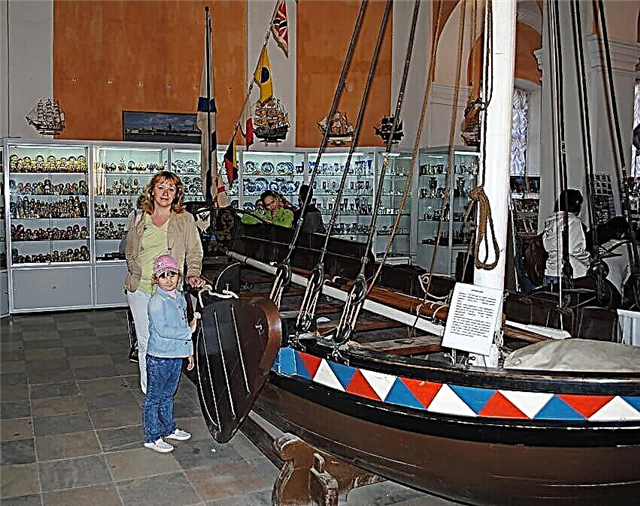
Commandant's house... An interesting exposition "The History of St. Petersburg" is located here, within which you can find ancient dresses worn on mannequins, photographs of the city, paintings, various sculptures and interior items of the 18-19 centuries.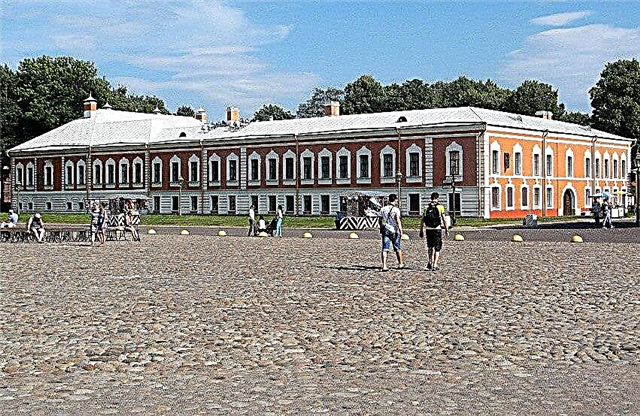

Bastions... There are 5 of them in total, the youngest of them is Gosudarev. In 1728, the Naryshkin Bastion was opened on the territory of the Peter and Paul Fortress, where to this day there is a cannon, from which, without missing a day, one shot is fired at midnight. The rest of the bastions - Menshikov, Golovkin, Zotov and Trubetskoy - at one time were a prison for imprisoning prisoners, a kitchen for clerks of the commandant's office and a barracks. Some of them are faced with bricks and others with tiles.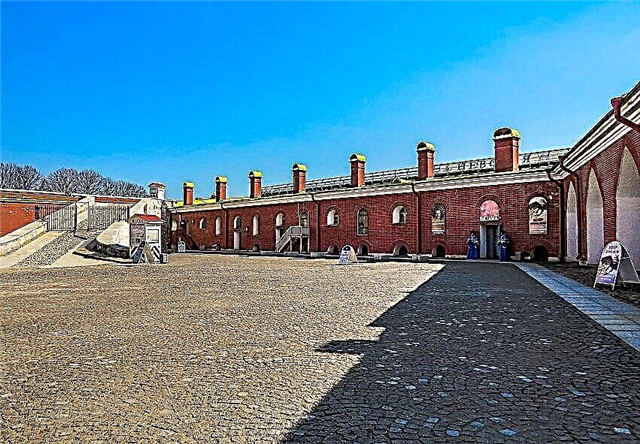
Curtains... The most famous of them is the Nevskaya, designed by Domenico Trezzini. Here, the two-story casemates of the times of the tsarist power have been recreated with high accuracy. The Nevsky Gate is adjacent to it. The complex also includes Vasilievskaya, Ekaterininskaya, Nikolskaya and Petrovskaya curtains. Once it housed combined battalions, but now there are numerous exhibitions.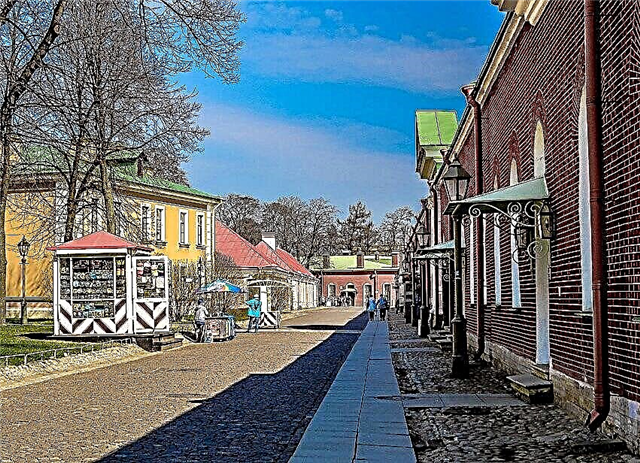
Mint - coins were minted here for Russia, Turkey, the Netherlands and other states. Today, this building houses a plant for the production of various medals, awards and orders.
Peter and Paul Cathedral - it is here that the members of the royal family are buried - Alexander II and his wife, the princess of the House of Hesse and the Russian empress, Maria Alexandrovna. Of particular interest is the iconostasis, designed in the form of a festive arch. In the center of it are the gates with sculptures of the great apostles. They say that the height of the spire is as much as 122 meters. In 1998, the remains of members of the family of Nicholas II and the emperor himself were transferred to the tomb. The ensemble ends with a bell tower, which houses the world's largest collection of bells. They are located in a tower decorated with gilding, a large clock and a sculpture of an angel.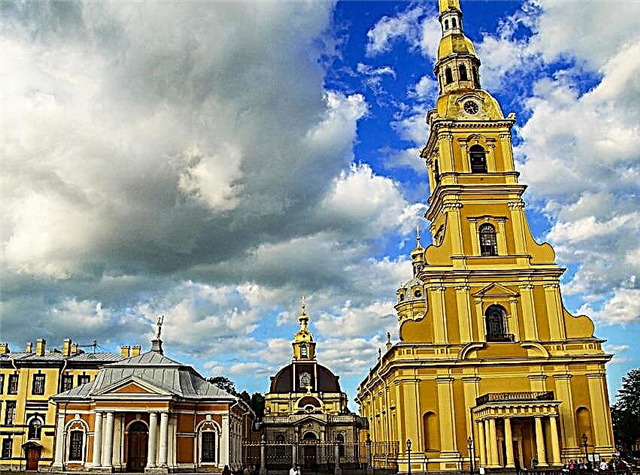
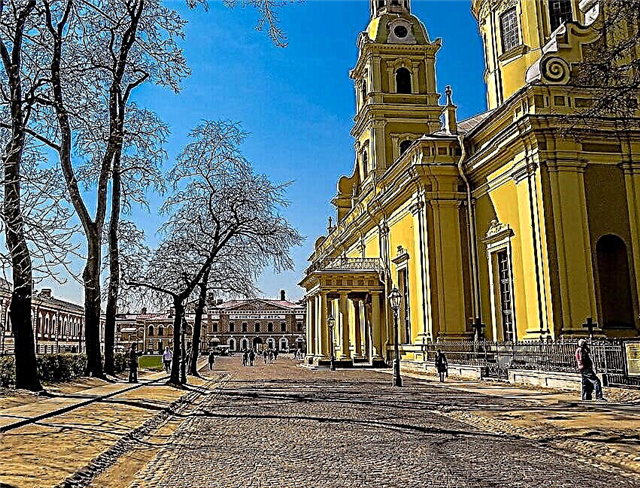
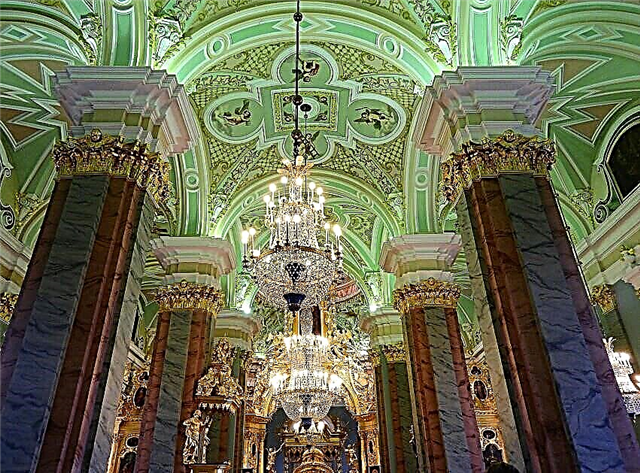
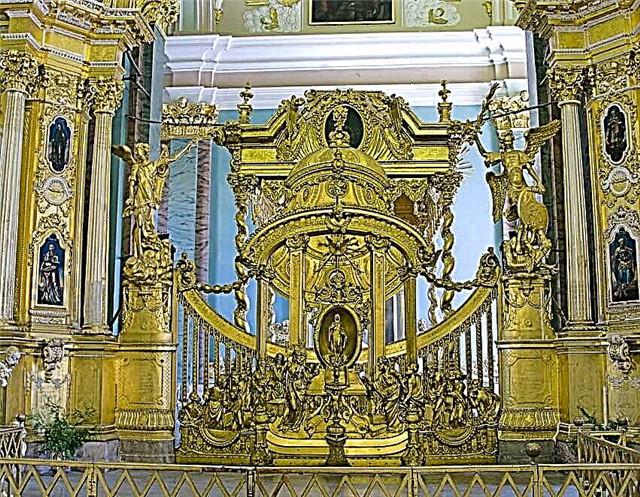
Goal... The most famous of them, the Nevsky, welcome guests between Naryshkin and the Tsar's bastion and are built in the style of classicism. They are interesting for their massive light columns, imitating Roman ones. Once upon a time, unfortunate prisoners were sent to execution through them. There are also Vasilievsky, Kronverksky, Nikolsky and Petrovsky gates.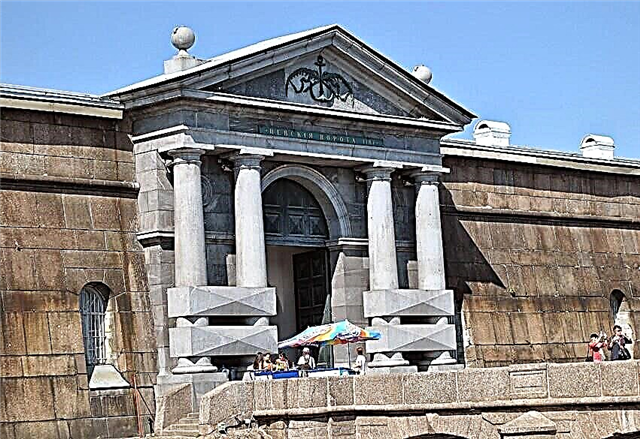
Ravelines... In the Alekseevsky ravelin, under the tsarist regime, there was a dungeon where political prisoners were imprisoned. The Ioannovsky Museum of Cosmonautics and Rocket Technology named after V.P. Glushko and its ticket office.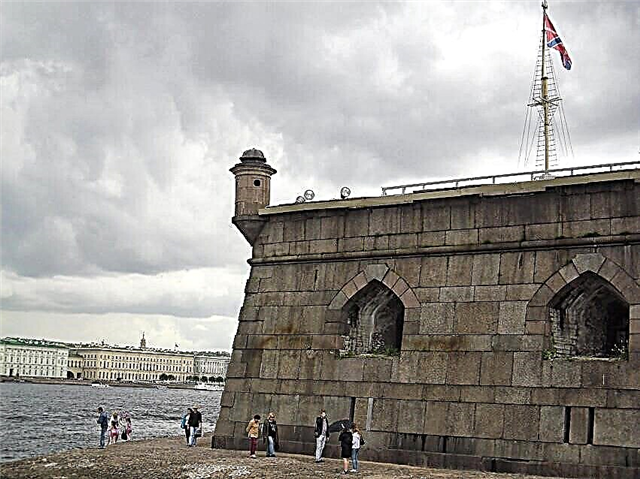
In one of the courtyards of the Peter and Paul Fortress stands monument to Peter I on a pedestal, surrounded by a fence.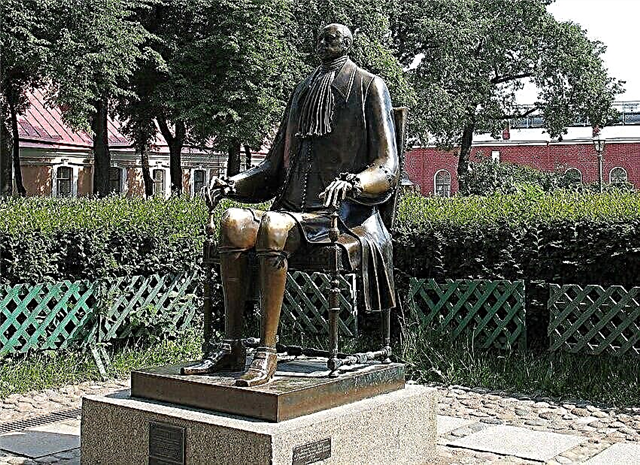
Secrets and myths of this mystical place
The most famous secret of the Peter and Paul Fortress is that at midnight from one of the bastions the ghost of the deceased Peter I fires a shot. It is also said that all the graves in the tomb are empty. There is another ominous rumor that a certain ghost once loved to roam the corridors of the fortress. Presumably, it was an excavator who died during the construction of this structure. It is known that he fell from a great height directly into the strait. The mysterious figure stopped appearing only after one of the eyewitnesses crossed the ghost and brushed it off with the Bible.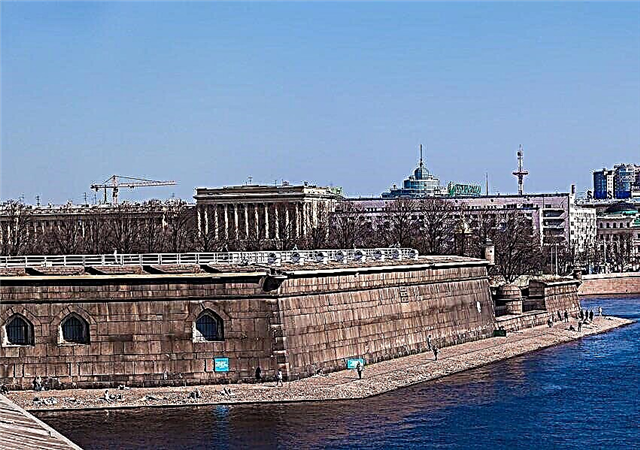
We advise you to read about the Koporskaya fortress.
It will be interesting for superstitious people to know that there were cases of passing toothache when touching the tombstone of Paul I, which is considered sacred. The last, and most unusual, legend says that completely different people are buried in the graves of the Russian Emperor Nicholas II and his family members.
Useful tips for tourists
- Opening hours - every day, except for the 3rd day of the week, from 11.00 to 18.00. The entrance to the territory is possible all week from 9 am to 8 pm.
- Location address - St. Petersburg, Zayachiy Island, Peter and Paul Fortress, 3.
- Transport - buses No. 183, 76 and No. 223, tram No. 6 and No. 40 run near the Peter and Paul Fortress. metro station "Gorkovskaya".
- You can get behind the walls of the fortress for free, and to enter the Peter and Paul Cathedral, adults will need to pay 350 rubles, and students and schoolchildren - 150 rubles. less. There is a 40% discount for pensioners. A ticket to the rest of the buildings costs about 150 rubles. for adults, 90 rubles. - for students and pupils and 100 rubles. - for pensioners. The cheapest way will be to climb the bell tower.
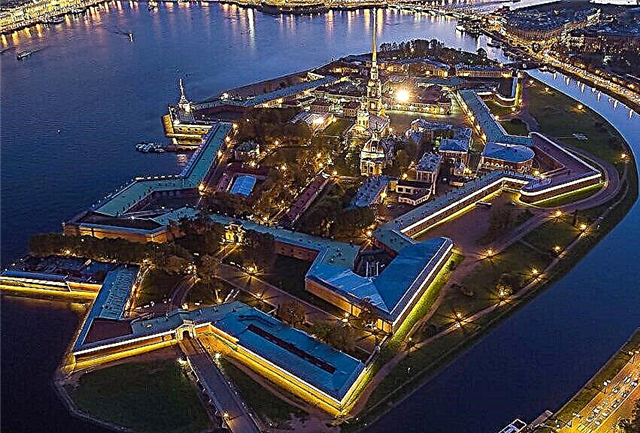
No matter how beautiful and interesting the photos of the Peter and Paul Fortress on the Internet are, it will be much more interesting to look at it live while visiting the excursion! It is not in vain that this building in St. Petersburg received the status of a museum, and every year it receives thousands of enthusiastic visitors.

